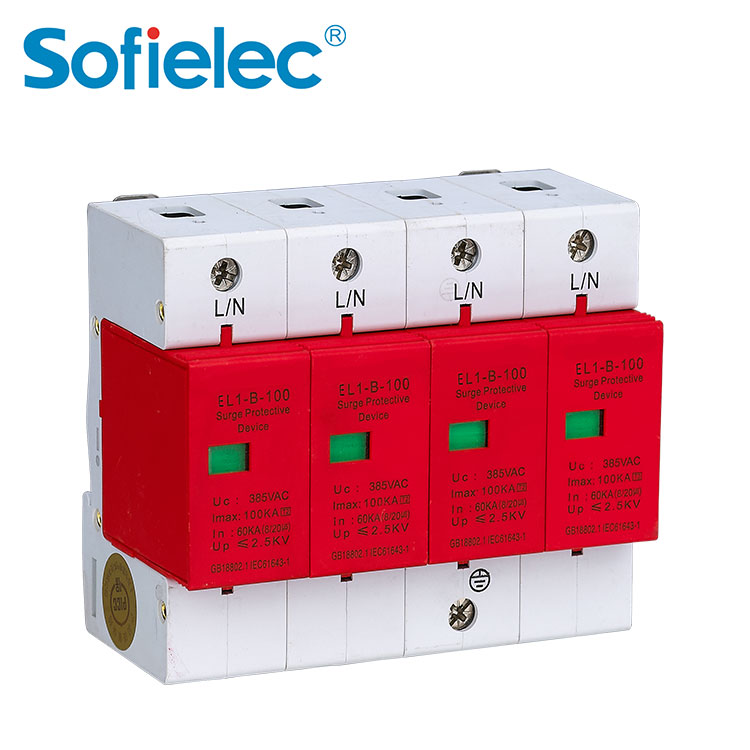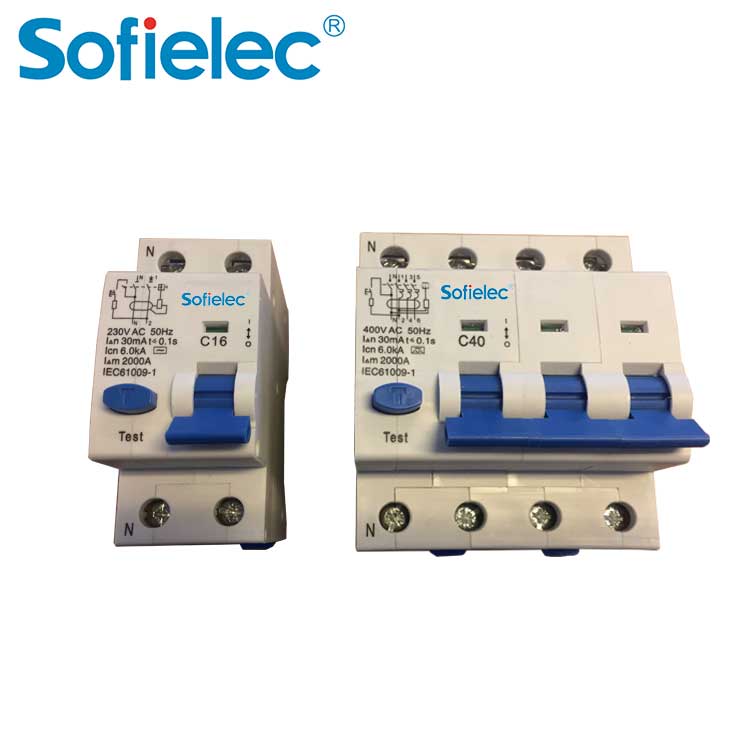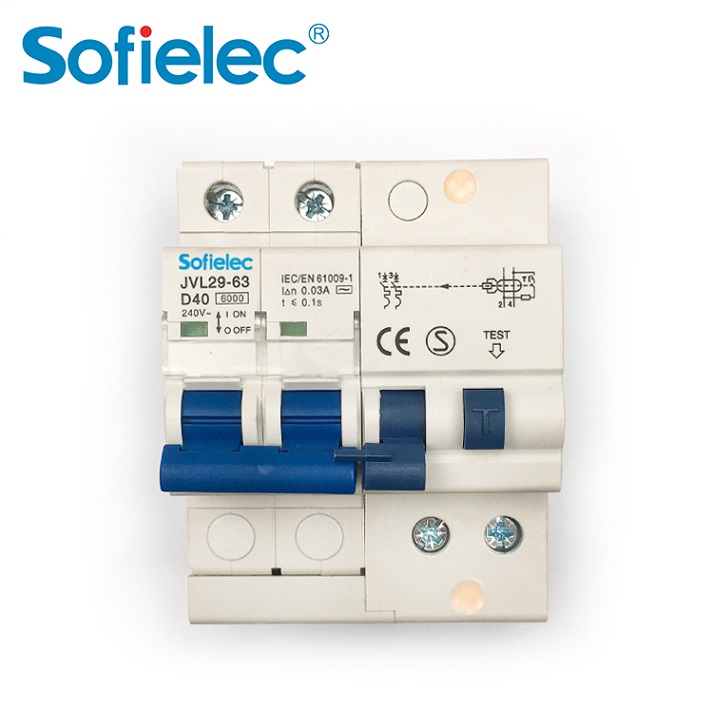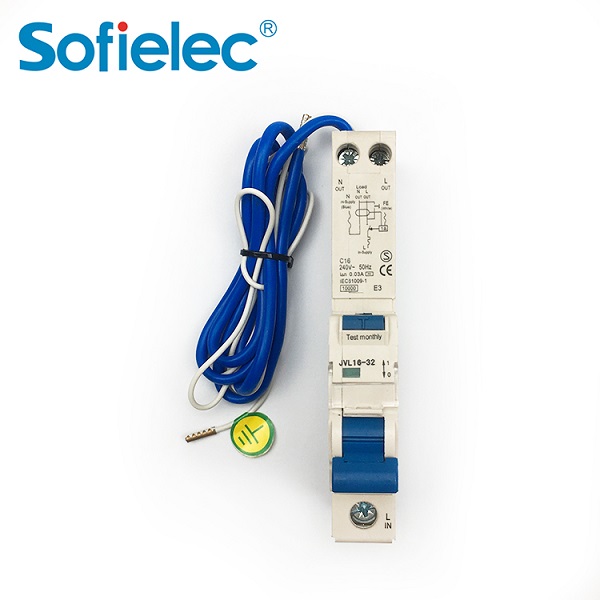Class C surge protection device is designed to protect against high-energy surges typically caused by indirect lightning strikes or large power surges from utility grid disturbances. These devices are commonly used to protect sensitive electronic equipment and systems, such as industrial machinery, data centers, and telecommunications equipment.
Class C surge protection devices are installed at the main electrical panel or distribution board to provide protection for the entire electrical system. They are designed to handle high surge currents and are often used in conjunction with Class B and Class A surge protection devices to provide comprehensive protection against all levels of surge events.
These devices typically employ a combination of metal oxide varistors (MOVs), gas discharge tubes, and other surge suppression components to divert and dissipate surge energy away from the protected equipment. They are also designed to provide visual indication of their status and may include remote monitoring and alarm capabilities.
Overall, Class C surge protection devices play a critical role in safeguarding electrical and electronic systems from the damaging effects of high-energy surges, ensuring the reliable operation and longevity of sensitive equipment.
EL1-B-100 Class C Surge Protection Device(Class C SPD) Video
EL1-B-100 Class C Surge Protection Device Date
| Categories | SPD Surge Protective Device |
| Model | EL1-B-100 |
| Parameters | EL1-B-100 |
| Maximum continuous operating voltage Uc(V~) | 420V 385V 275V |
| Voltage protection level UP(KA) | ≤3.0 ≤2.5 ≤2.0 |
| Maximum dischargecurrent(8/20us)(KÄ) | 100 |
| Nominal dischargecurrent (8/20us) (KA) | 60 |
| Response time (ns) | <25 |
| IP Grade | IP20. |
| quipped with front fuse or circuit breaker | 50A 63A |
| Application | Incoming line first level protection |
| Remark | Other maximum continuous working voltage Uc can be customized |
EL1-B-100 Class C Surge Protection Device(Class C SPD) SHAPE SIZE

EL1-B-100 Class C Surge Protection Device DESCRIPTION OF PRODUCTS
EL1-B-100 Class C Surge Protection Device MAIN TECHNICAL PARAMETERS
| Parameters | Model | ||||||||
| EL1-B-60 | EL1-B-80 | El1-B-100 | |||||||
| Maximum continuous operating voltage Uc(V~) | 420V | 385V | 275V | 420V | 385V | 275V | 420V | 385V | 275V |
| Voltage protection levelUP(KA) | ≤2.4 | ≤2.0 | ≤1.8 | ≤2.4 | ≤2.0 | ≤1.8 | ≤3.0 | ≤2.5 | ≤2.0 |
| Maximum discharge current(8/20us) (KA) | 60 | 80 | 100 | ||||||
| Nominal discharge current (8/20us) (KA) | 30 | 40 | 60 | ||||||
| Response time (ns) | <25 | ||||||||
| IP Grade | IP 20 | ||||||||
| Input leads sectional area (mm²) | 16~35 | ||||||||
| Transversal area of Ground _ lead (mm²) | 25~50 | ||||||||
| Type selection of fuse or circuit breaker(A) | 50A、63A | ||||||||
| Work environment (℃) | -40℃~+85℃ | ||||||||
| Remote Defect Indication | Aging failure: green normal, red failure | ||||||||
| Application | Incoming line second level protection | ||||||||
| Remark | Other maximum continuous working voltage Uc can be customized | ||||||||
> What is mccb and mcb?
MCCB, for large - scale industrial and commercial use, handles high - current loads, detecting over - currents with thermal - magnetic or electronic trip units. MCB,...
> Is Circuit breaker AC or DC?
Circuit breakers can be designed for both AC (alternating current) and DC (direct current) applications. However, AC and DC circuit breakers have some differences in...
> How to use Circuit Breaker?
Select a suitable circuit breaker based on circuit requirements, install it in the electrical panel after power - off, let it monitor current during normal operation...
> Market Prospect Analysis of Circuit Breakers
The circuit breaker market has witnessed steady growth over the past few years, driven by the expansion of power infrastructure, industrial automation, and the burge...




